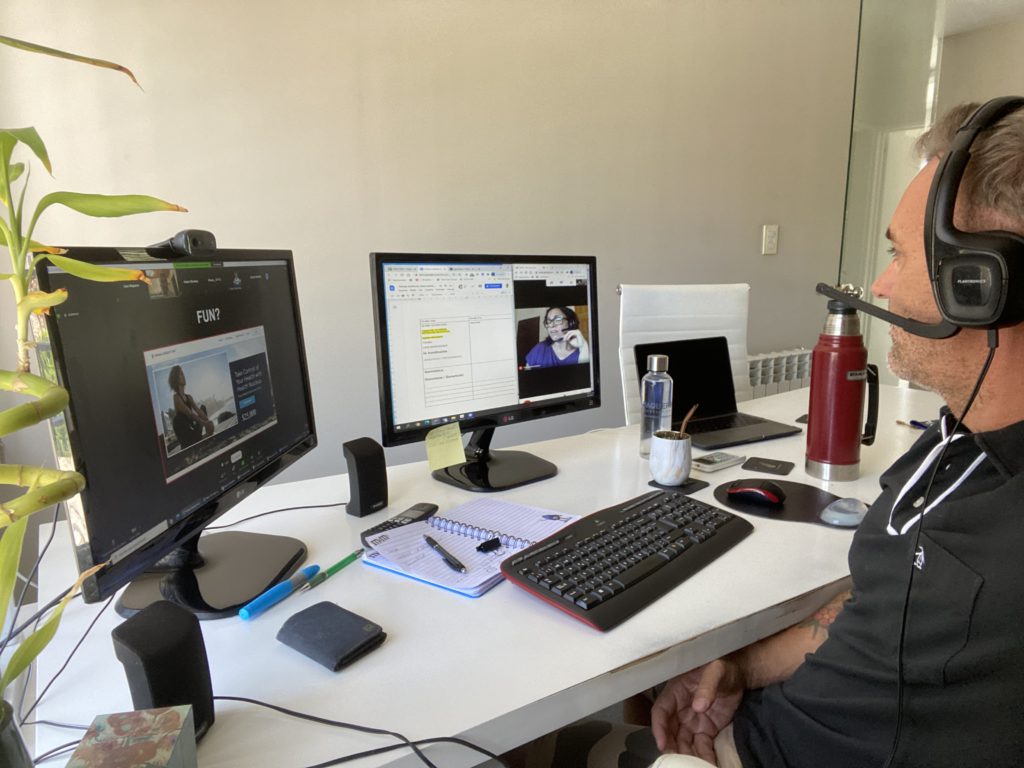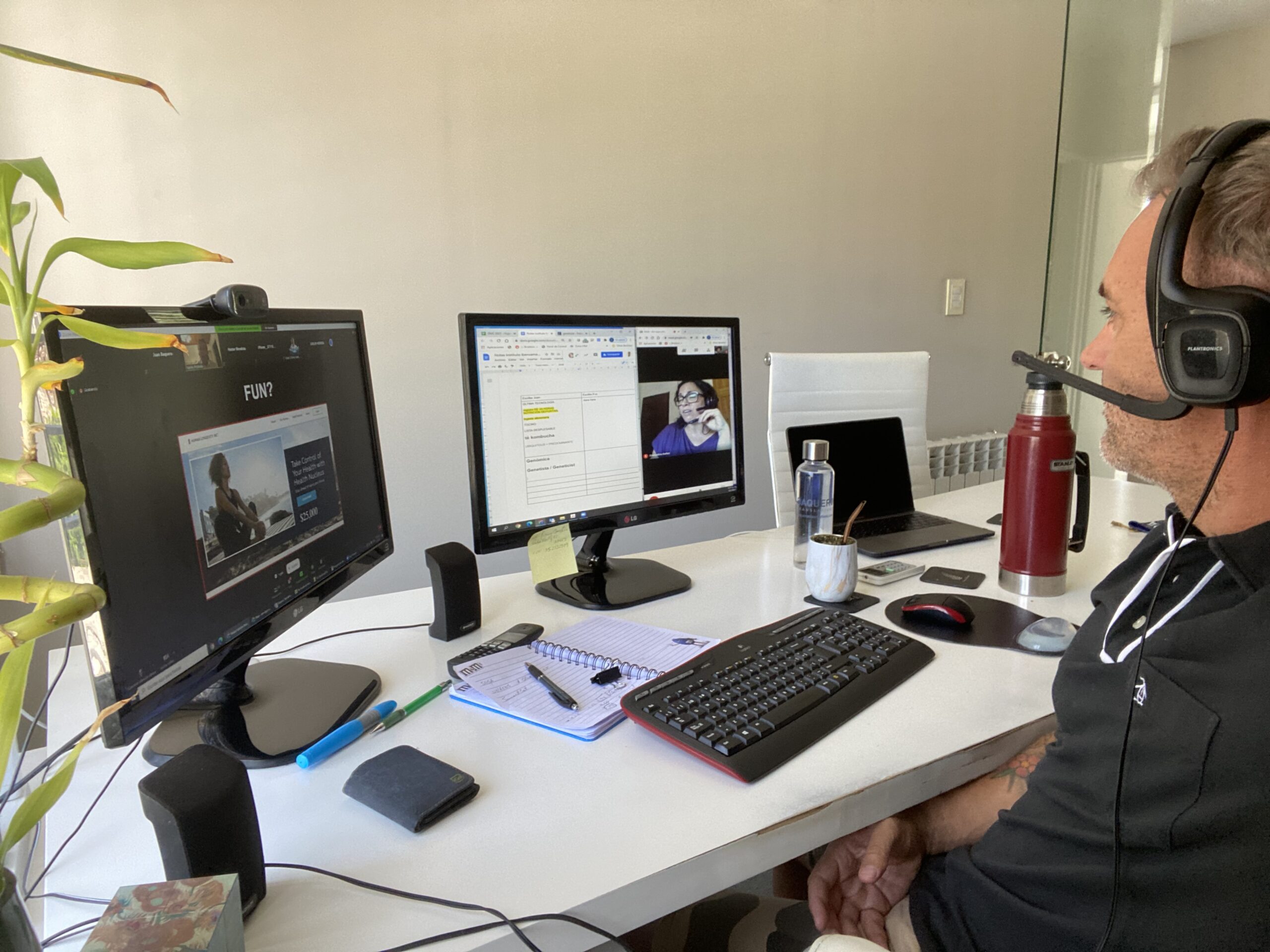
There is no doubt that interpreting practice has changed throughout the years, social and technological circumstances have converged into landmarks in the life of interpreting: The Egyptian trade around 3000 BC in which the consecutive method of interpretation was used; the Nuremberg trials in 1945 when the first official simultaneous interpretation occurred; and now we can pinpoint the pandemic disease.
The truth is that COVID-19 has won its place as another turning point in interpreting services, like in many other spheres, it forced us to change. Until 2020, these services were traditionally divided into consecutive or simultaneous, and occasionally as on-site or remote. On-site interpretation was the standard method in which an interpreter would go to the premises of a conference, meeting, or wherever facilitating communication was needed. However, in the light of COVID-19’s circumstances -lockdowns, social distancing, and what we all know about the aftermath of the pandemic- interpreters were there to adjust. Accurate communication between cultures in Zoom, Meet, and many-other platforms became an increasing demand. Thus, interpreters had to make a quick U-turn and remote interpreting became the standard.
The conference room’s booth was replaced with remote simultaneous interpreting (RSI) online tools. These were making their first steps into the market but, like most other digital tools, they were plunged into the market and forced to improve in record time. Some of the RSI tools we have used at Baquero Translations were: Interactio, Interprefy, Ulang, to mention a few. As interpreters always do, we also managed to provide remote interpreting from streaming platforms, which are not specifically developed to carry out interpreting services like Zoom, Meet, WhatsApp, and so on.
We are not sure if RSI will remain the standard since most people agree that face-to-face interaction is essential, but the truth is that for event organizers RSI has saved a lot of money in terms of logistics. They don’t need to rent interpreting equipment (booth, headsets, mics, etc.), they save on travel expenses to take both interpreters and speakers to the conference premises, they save on the rent of the venue, coffee breaks and so on.
Before COVID-19, interpreters were used to working at their client’s premises, while now, they work from home. This means that like many other people they are doing home-office with little interaction between their colleagues or clients. However, the main difference with other jobs is that sound is of paramount importance in interpreting; thus, it is a must to have the mics and cameras on all the time, which simultaneously requests a quiet place to work and avoid home noise. Despite of the resistance to adapt to the new “stay-home” model of work, the pandemic vanished the need for the interpreter to be physically present and made the interpreting market much faster, affordable and competitive. At Baquero Translations, we provide remote simultaneous interpreting (RSI) for successful communication in your events.
By: Juan Andrés Baquero



